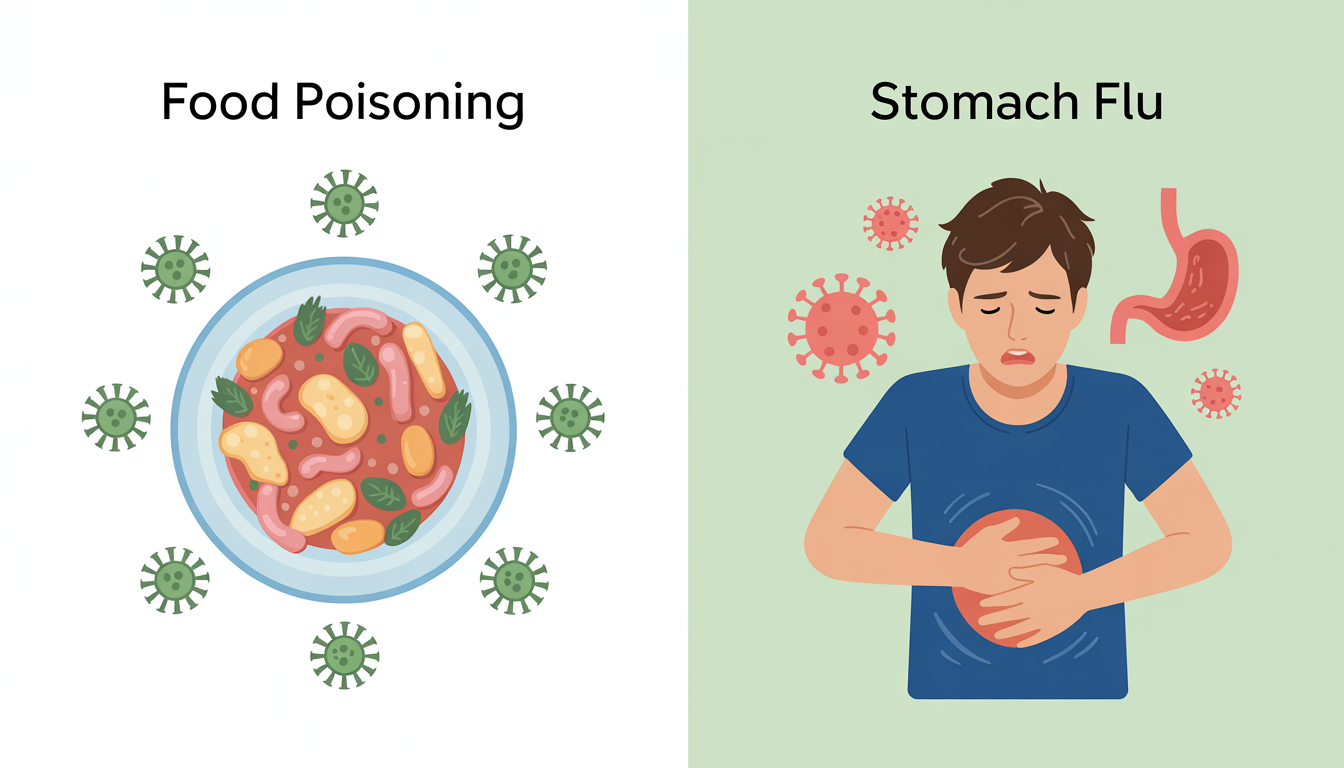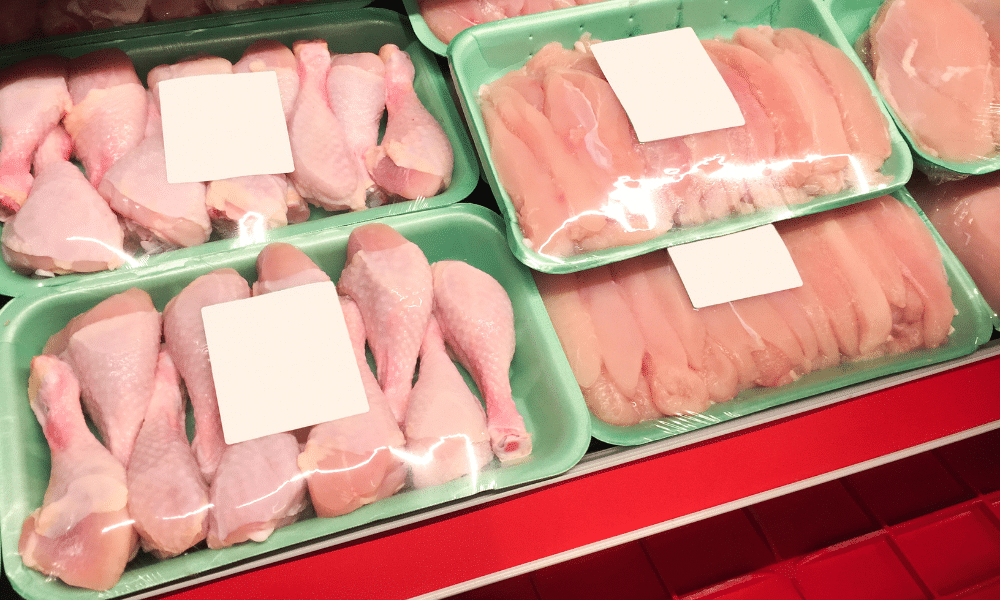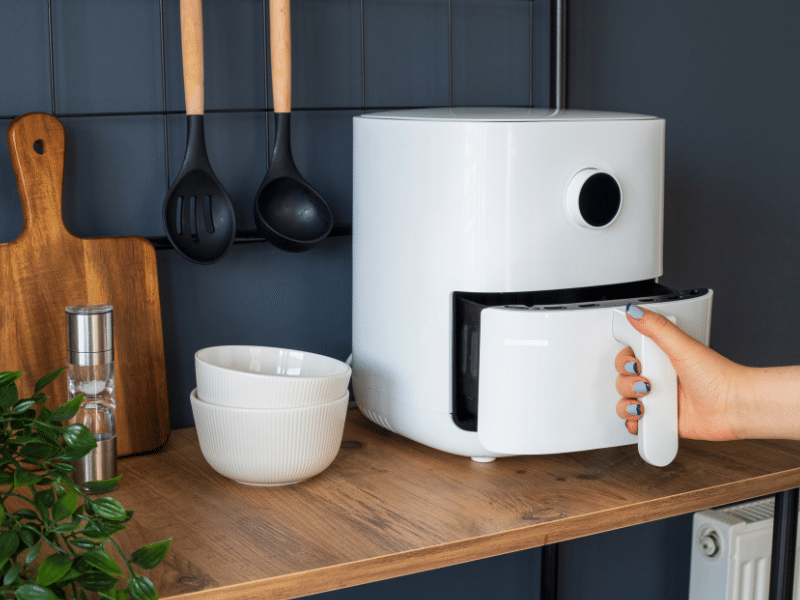
Have You Been Made Sick or Injured From Food?
"*" indicates required fields
Blog
The best way to store whole onions is in a cool, dry, well-ventilated place out of direct sunlight. This helps prevent rot, mold, and other spoilage associated with onions stored for too long.
Air fryers make cooking virtually effortless, but conventional cooking materials may pose a safety risk. While aluminum foil is safe in many cooking applications, its use in air fryers is debatable.
Most foodborne illnesses are avoidable with proper food handling, preparation, and storage. Unfortunately, hepatitis A and other highly contagious illnesses still make people sick every day. If your food or beverages are contaminated, you can contract hepatitis A and suffer serious symptoms as a result. Read on for more information on how to prevent hepatitis A in food.
Pyrex is oven-safe up to approximately 425°F. However, you should follow the manufacturer’s instructions and use common sense to reduce the risk of your Pyrex shattering. It is also important to determine what type of glassware you own. Vintage Pyrex passed down generations may be made from a different kind of glass than modern products.










